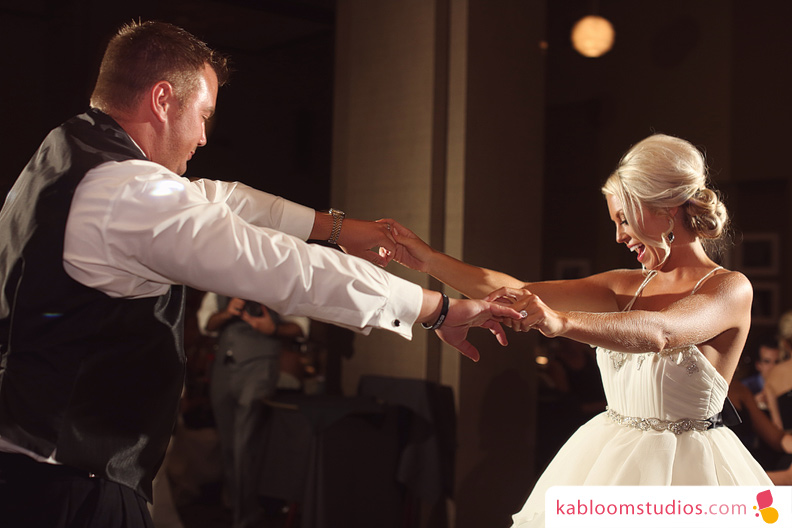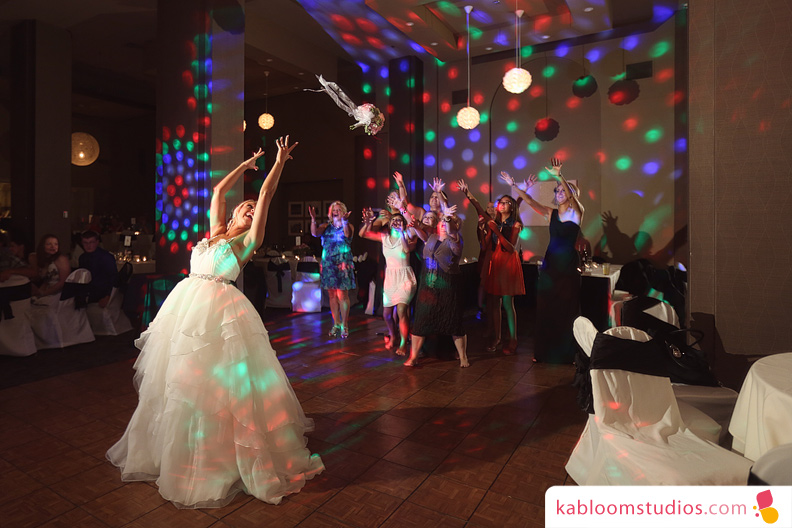Valentine's Day Treat (via Photoshop)
/In the spirit of Valentine's Day this year, I put together a fun little tutorial over on the creativeLIVE blog explaining how to make this cute desktop wallpaper design. Enjoy!

Photoshop Tutorials & Inspiration for Beginners
How To’s, Inspiration, and Resources for Aspiring Photographers, Designers, Content Creators, and Crafters
In the spirit of Valentine's Day this year, I put together a fun little tutorial over on the creativeLIVE blog explaining how to make this cute desktop wallpaper design. Enjoy!

Whether you have a shiny new camera or an old battle scared one, learning how to use it (I mean really use it, not just crossing your fingers and shooting in auto-mode) is guaranteed to change your entire photo-taking life. Going from snapshots to great shots is a whole lot easier when you have some help. And it just so happens that Peachpit Press has a whole series of books to help you do just that—literally. A couple years ago I wrote Your Camera Loves You: Learn to Love it Back. I'm proud that it's been repackaged to fit within the Snapshots to Great Shots series, featuring the new title, Getting Started in Digital Photography.
Same great content, apt new title. (And cover). Yes, that's my adorable nephew and brother-in-law on the cover. Aren't they cute?
Get it. Love it. (Then—for bonus points, write a review about it. Emir loves to track that stuff, and it's sad to see a book with little to no reviews! ;)
Happy picture making!
xoxo

Few things remind you how much you love doing what you do, like taking some time off. I made the decision to keep the fall/winter months of 2013 to myself, and it has recharged my batteries—big time. Now that 2014 is upon us, I can't wait to dive into another great season spent documenting ceremonies of love and the beginnings of new families. In celebration of that, here's a look back at some of my favorite wedding photo moments (in random order) from 2013.
xoxo

After milking the last drop of usefulness from my old MacBook Pro, I finally bit the bullet and upgraded to a new (Retina) model. One of the things I was most looking forward to was the ability to restore balance to Emir's AppleTV access from his MacBook Air (my old MacBook was too old to support AirPlay). After migration was complete, I was super bummed to discover a missing AirPlay icon. Was Mavericks buggy? Was I an idiot? Countless web searches revealed similar problems but surprisingly, somehow, I couldn't find the solution. (I could still stream via AirPlay, but only by manually manipulating my Display Preferences, not via the shortcut icon.)
"Call Apple Support" was on my to-do list for weeks. I finally bumped it to the top of the list. Turns out, the solution was embarassingly simple, and I had been painfully close to discovering it on my own, but had always had both settings set to the affirmative, and that was the problem.
Counterintuitively, the trick is to leave "AirPlay Display" set to off, while turning "Show Mirroring Options" on. Am I the only one who missed this? Why wasn't it set on by default? (Maybe due to migrating from a non-AirPlay enabled MacBook?)
Either way, if you find this helpful—you're welcome. :)
I've been busy putting my winter break to good use. Brushing up on my sewing skills, I had a ball putting together this darling gift idea for the kids in my life. I was originally inspired by this paper and string version, but wanted something a little more hearty that would last longer with regular use. I also felt like "hooks" may be too sharp and too tricky for the little ones to manipulate, so I opted to go with magnets instead. I cranked out four of these sets in a couple of days, so making a single set should be a piece of cake!

Several friends have asked for a tutorial, so without further ado, here it is!
Supplies:



Making the Fish




Making the Fishing Pole





Making the Drawstring Bag
I followed along with this quick and easy drawstring bag tutorial. I made the middle sized bag, using a 12x24" rectangle. When it came time to make the gussets, I opted for only 1.25". Originally, I bought cording to use for the drawstring instead of yarn, but forgot that it gets doubled around the bag, and didn't have enough room in the channel for it. Live and learn, right?

I'd love to see anything you make using this tutorial! Please share the love! :) Happy fishing!
There are a billion ways to turn your Instagram images into books. Some are easier or more convenient than others, but if you're a control freak, you like things done a certain way. So awhile ago I wrote a big ol' post about exactly how to turn your instagram photos into a book, and have used the process to make four volumes of books containing roughly 1000 instagrammed images. They are awesome (if I do say so myself). Here's a photo of all four books:

(They're made by Blurb. You can use this link to save $20 on your own bit of blurb/instagram awesomeness.)
The only part of the process that I've been less than 100% satisfied with is collecting the Instagrammed images. Up until now, I've been downloading my entire archive (from InstaArchive), then separating the photos that I've added since making my last book so I can include the newer ones in the new book. Not a huge pain, but not as convenient as it seems like it should be.
Happily, I've since discovered the IfThisThenThat website. It allows you to set up what they call "recipes" which are like little formulas that can do awesome things—like archive your own Instagram photos for you. In my case, I set it up so that every time I post a new image to Instagram, my IFTTT recipe will grab the photo and put a copy of it in a designated DropBox folder for me. Score! My set up looks like this:

Now, every time I'm ready to make a new book (I do so about every 250 images), I don't have to sift through my whole archive to find the new stuff. I just download them from my DropBox! When I'm done, I empty the DropBox folder, and I'm all set to start shoot for my next book!
For the step-by-step on the whole process, check out my earlier post.
Have fun!
Talk about "Laugh out loud" funny—these two were a hoot! While editing through their session, my cheeks actually hurt from smiling so much. :) Love that.






Crisp fall air, a full camera battery, and two cute love birds—what a great combo! I'm honored these two were able to squeeze me into their whirlwind trip to Nebraska, and even more honored to be part of their big day next spring!









These two brought their A-game to our session last week—and it shows. Thankfully, we rescheduled from Monday to Thursday, which spared us upwards of 20 degrees. (My bangs were grateful. Lindsey and John would obviously look great, no matter what!)
We walked, and laughed, and walked, and laughed, and somewhere in between I managed to snag some pictures.
Go figure. :)












About a year ago I decided to cut off my 2013 wedding season at the end of August so I could focus on a few other projects and enjoy some family time—and I couldn't have asked for a more fun way to wrap up the year! Congrats to Preston, KJ, & both their families... it was truly an honor!


















Khara Plicanic. Instructor, Photographer, Designer, Advocate. Here you'll find tools, inspiration, and empowerment to help you on your own creative journey.
